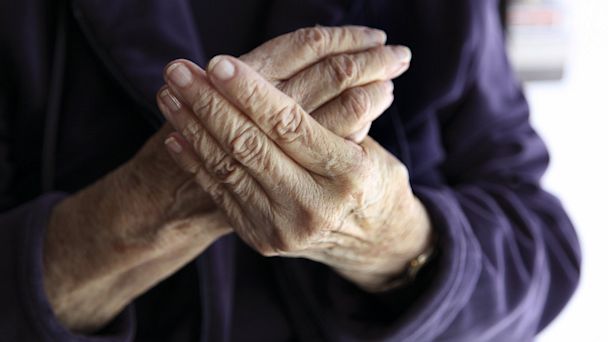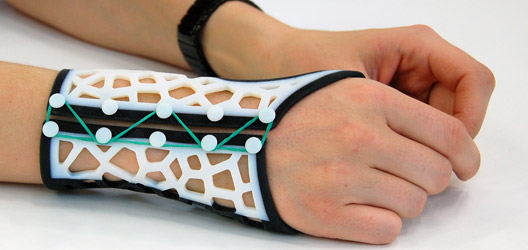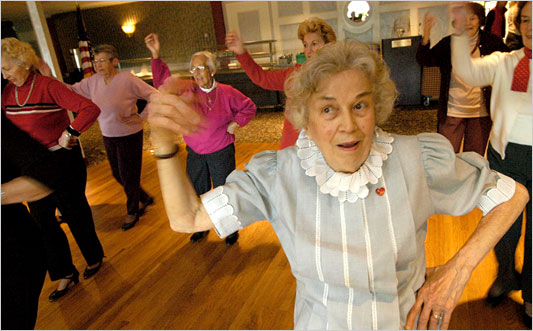An international study has demonstrated the potential promise of a new type of anti-arthritic therapy that could overcome some of the limitations associated with current drug options.
Published in the latest issue of the American Journal of Pathology, the research highlights the possibility that a compound called DTrp8-gamma MSH (DTrp) could be viewed as a starting point for a new class of anti-arthritic agents that effectively treats multiple inflammatory diseases at the same time.












